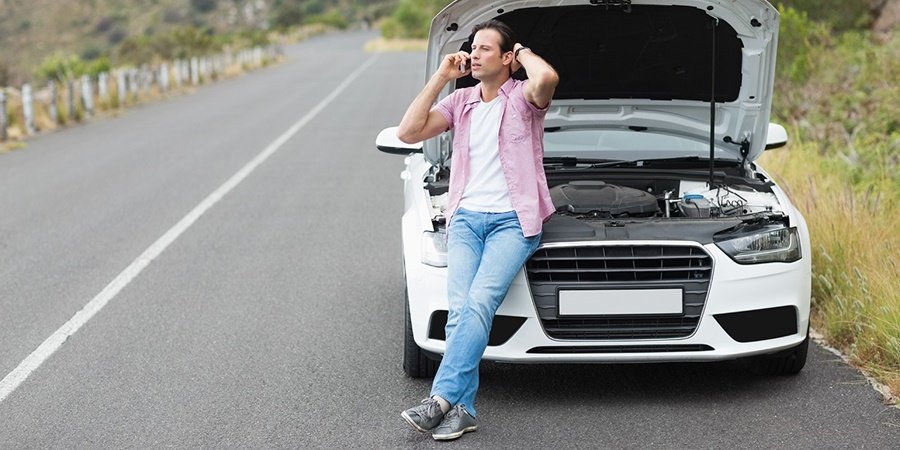
Menu



June 2, 2021

With all the bills that come with owning a car, skimping on car insurance may be tempting. However, foregoing good insurance coverage is one the riskiest thing you can do as a car owner. This article will talk about the importance of getting yourself insured and what kind of coverage you may need.
Even if you’re the safest driver in the world, you still can’t account for the behavior of other people you share the road with. There are a lot of things you can’t control when it comes to traffic, and you can never completely safeguard against an accident.
While traffic accidents can be as minor as a dent on your bumper, the worst of accidents can mean serious bodily injury to you. If you’re partly responsible for the accident, you could be liable for damages to the other vehicle involved in the collision. In either case, you could expect to pay heavy costs on medical bills or car repair.
To protect yourself from unforeseen financial burdens, it is best to get good car insurance. Getting yourself insured will help put your mind at ease about any traffic mishaps that you may encounter. Insurance premiums are a small price to pay if it will give you some peace of mind behind the steering wheel.
There are several kinds of coverage when it comes to car insurance. Depending on which state you live in, you will be required to have certain minimum coverages. It’s best to familiarize yourself with your state requirements and to double-check these with your insurance provider. However, here are some basic coverages that you should consider in any case:
You may want to sign up for certain kinds of coverage on top of your state’s minimum requirements. While you do not necessarily want to pay a high insurance premium, you want your insurance policy to have enough give. You can consult your insurance agent on the kinds of coverage you should prioritize based on your needs. Panorama can help you navigate car insurance and determine the right policy for you. Learn more by visiting our website.
Think of joining Amazon Relay?
You’ll need the right insurance
Company
Contact
Panorama Insurance Agency 19302 Citronia Street Northridge, California 91324
